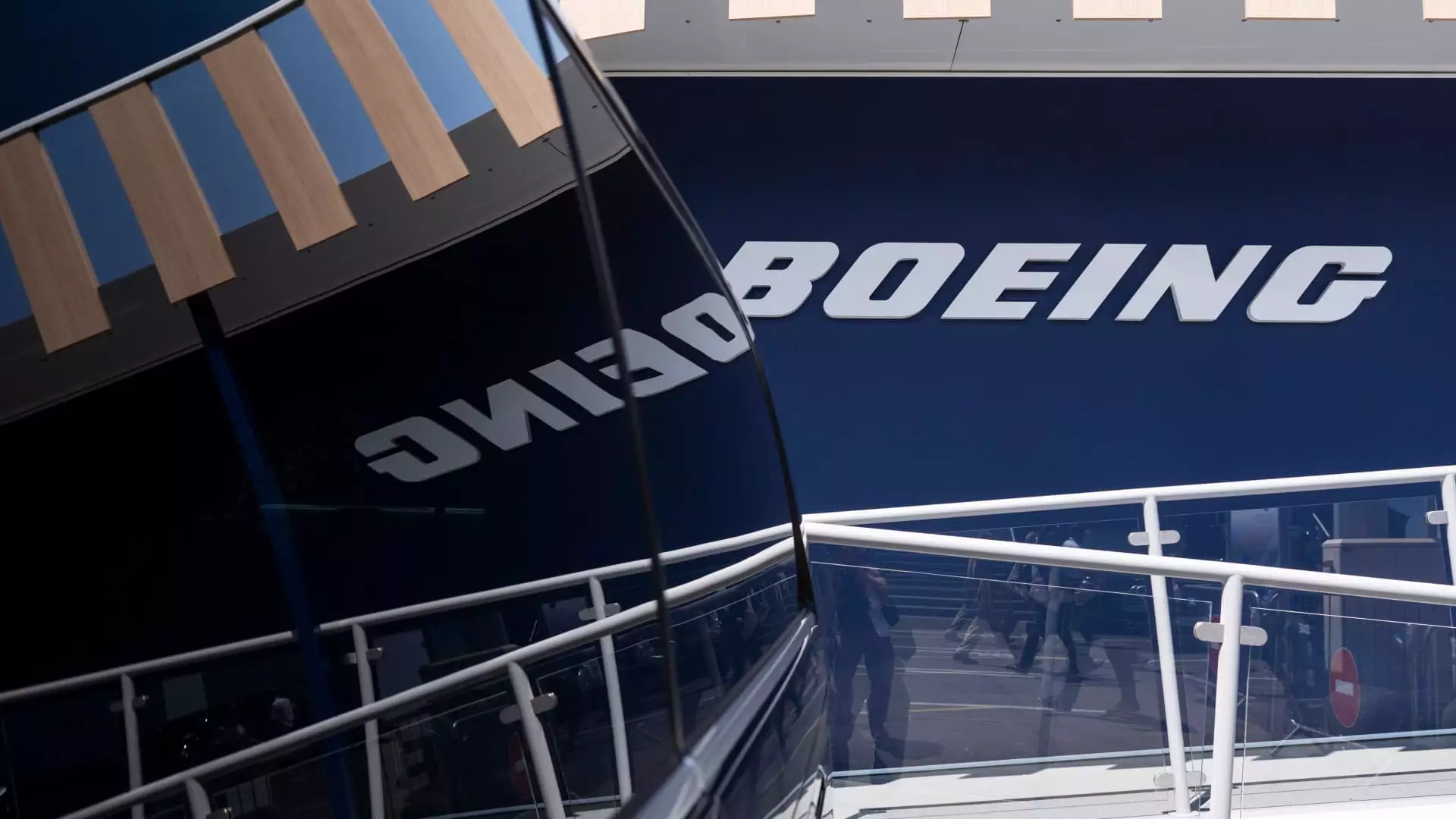For years, Boeing seemed trapped in a relentless cycle of failure and false dawns. While recent headlines tout a potential turnaround under CEO Kelly Ortberg’s leadership, beneath the surface, the aerospace giant remains painfully vulnerable. The optimism surrounding Boeing’s ‘progress’ is more wishful thinking than assured achievement. Investors are cheering a modest rise in stock price and an increase in aircraft deliveries, but these are only surface-level indicators of deeper, unresolved issues. The hope that Boeing has turned a corner is dangerously premature when wider systemic flaws—ranging from safety culture to political pressures—continue to shape its trajectory. The narrative of transformation may indeed be compelling, but it masks a company still scrambling to recover its reputation, let alone restore comprehensive industry confidence.
Leadership and the Myth of the Magic Fix
Kelly Ortberg, a seasoned engineer and aerospace veteran, was brought in as a savior figure—an insider who could steer the troubled Boeing ship away from the iceberg. However, the assumption that a single leader can fix systemic issues oversimplifies the complex realities of corporate culture, safety practices, and supply chain management. His initial steps, including cost-cutting and leadership restructuring, appear prudent on paper but risk neglecting the deeper cultural ailments that have historically plagued Boeing. The company’s past arrogance, complacency, and sidelining of safety concerns cannot be eradicated overnight. While Ortberg’s visible presence and gestures—like moved-in housing near production hubs—offer a semblance of accountability, they scarcely address the ingrained issues that led to catastrophic crashes and quality lapses.
The narrative of a rejuvenated Boeing hinges too heavily on short-term metrics and superficial fixes. Caution suggests that without a comprehensive cultural overhaul—focusing on safety integrity, transparent communication, and employee morale—the company remains fraught with peril. Leadership changes alone, no matter how well-intentioned, are not sufficient to rebuild trust in an organization with such a checkered past.
The Dangerous Persistence of Safety and Quality Failures
Despite claims of returning to stability, Boeing’s ongoing struggles with safety and quality highlight a disturbing pattern of negligence and mismanagement. The recent incident involving a door-plug failure on a new 737 Max 9—part of a series of mishaps—exposes lingering deficiencies in manufacturing oversight. Such flaws undermine the painstaking progress made in assembly and delivery volume increases. The company’s history is indelibly scarred by tragic crashes that shook public confidence and triggered regulatory crackdowns. The fact that this latest hiccup could trigger slower production and heavier scrutiny from the FAA signals that Boeing’s quality assurance remains fragile. The tragic irony is that these lapses happen just when the company is ostensibly trying to move past its worst days.
The Political and Strategic Quagmire
Boeing’s troubles extend beyond the factory floor—they are entangled in a web of political and strategic challenges. The defense division, responsible for aircraft like Air Force One and the KC-46 tanker, has suffered delays and cost overruns. The Trump-era controversy over the presidential jets exposed vulnerabilities within the defense segment, complicating recovery efforts. Moreover, Boeing’s reputation, already battered by the Max crashes, is compounded by trust deficits among airline partners and regulatory agencies. It’s increasingly clear that restoring confidence will require more than operational tweaks; it demands political navigability, robust safety reforms, and a sincere acknowledgment of past mistakes. Failing to do so risks repeating history’s darkest chapters and prolonging Boeing’s return to greatness.
The Future: Challenging the Horizon with Outdated Designs
Industry insiders are sounding the alarm that Boeing’s core business—its iconic 737 family—may soon be a relic if innovation stalls. The aircraft first soared in 1967, and although Boeing has flirted with new mid-size jets, funding, design, and safety concerns have kept these plans in limbo. The stagnation of Boeing’s product lineup is not just a missed opportunity; it could be a strategic disaster as competitors like Airbus accelerate with new models. Airline operators are increasingly vocal about the need for fresh, reliable aircraft that align with modern expectations for efficiency, safety, and environmental performance. Without swift, decisive action on new jet programs, Boeing risks slipping further behind, ceding market share to more innovative rivals. The company’s predicament underscores the danger of complacency in an industry that evolves at light speed—a failure to innovate could prove far more destructive than any superficial operational fixes.
Boeing’s current narrative disguises a brewing storm beneath the surface. While leadership changes and short-term gains offer fleeting hope, the deeper wounds—safety lapses, quality issues, and strategic stagnation—remain unhealed. The company’s history of hubris and mismanagement, combined with external pressures from regulators, competitors, and political actors, forms a toxic cocktail that could easily reignite crisis. The only way forward demands relentless humility, genuine cultural reform, and innovative ambition. Until Boeing publicly confronts and rectifies these fundamental flaws, its so-called recovery will be little more than a fragile illusion hiding an uncertain, possibly perilous future.

